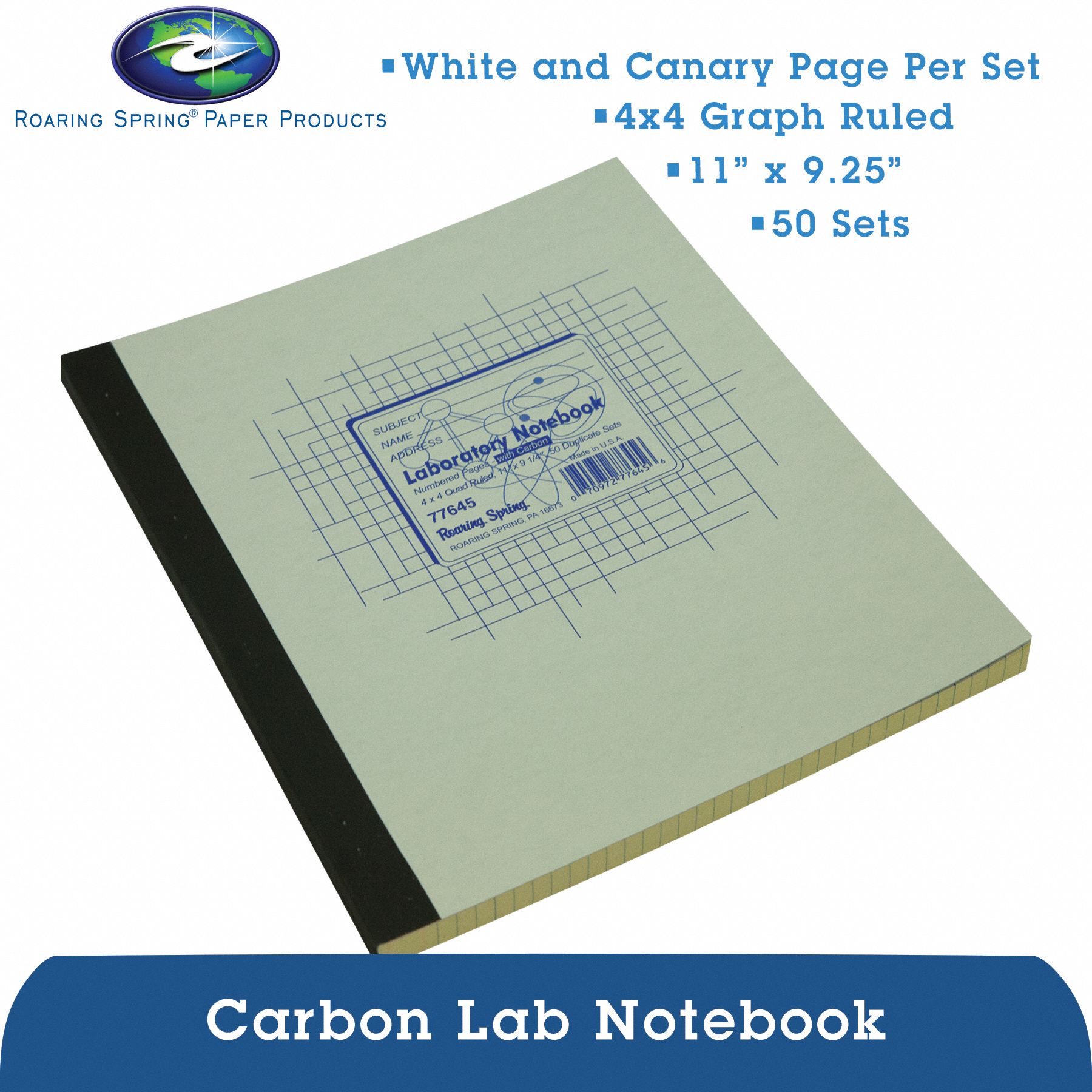Carbon Copy Notebooks The Ultimate Guide
Remember the satisfying *snap* of a credit card receipt being printed? Or that familiar thin, colored paper nestled between white sheets? That, my friends, is the magic of carbonless copy paper – the heart and soul of the carbon copy notebook. But what *is* a carbon copy notebook, really? Let's unravel this surprisingly fascinating piece of analog technology.
A carbon copy notebook, in its purest form, is a notebook that allows you to duplicate what you write onto multiple pages simultaneously. No messy carbon paper, no clunky machines – just the smooth glide of your pen across the top sheet, creating an instant copy (or two, or three!) on the sheets below. It's like a pre-digital cloning device for your handwritten notes, perfect for everything from invoices and receipts to meeting minutes and contracts. Imagine, a world before Ctrl+C, Ctrl+V. This, this was the peak of efficiency, baby.
So, how does this sorcery work? These notebooks use special paper called carbonless copy paper (CCP). It’s coated with micro-encapsulated dye and a reactive clay. The pressure from writing ruptures the dye capsules, releasing the ink onto the sheet below. Pretty slick, right? This technology allows for instant duplication without the mess and hassle of old-school carbon paper. Think of it as the silent, efficient sibling of the noisy, smudgy carbon paper of yesteryear.
The history of carbonless copy paper traces back to the mid-20th century, a time of booming business and a growing need for efficient record-keeping. Before its invention, carbon paper reigned supreme – messy, prone to smudging, and just generally a pain. The advent of carbonless copy paper revolutionized office work, making duplication cleaner, faster, and less of a headache. It was a game-changer, folks, a real game-changer. This seemingly simple innovation streamlined workflows and paved the way for more efficient business practices.
But why are these analog relics still relevant in our digital age? In a world of cloud storage and instant backups, you might wonder why anyone would still bother with a carbon copy notebook. Well, sometimes the old ways are the best ways. They offer a tangible record, free from the vulnerabilities of hacking, crashes, or dead batteries. Plus, there's something undeniably satisfying about putting pen to paper. It's a tactile experience that connects you to the act of writing in a way that typing just can't replicate.
The importance of carbon copy notebooks lies in their ability to create instant, duplicate records. This is crucial for various applications where a physical copy is essential, such as legal documents, invoices, or receipts. Consider a small business owner who needs to provide customers with a copy of a transaction. A carbon copy notebook allows for immediate documentation, ensuring both parties have a physical record.
Benefits of carbonless copy notebooks:
1. Instant Duplication: Create multiple copies simultaneously.
2. Clean and Efficient: No messy carbon paper required.
3. Tangible Records: Physical copies for reliable record-keeping.
Advantages and Disadvantages of Carbon Copy Notebooks
Advantages and Disadvantages
| Advantages | Disadvantages |
|---|---|
| Creates instant duplicates | Can be more expensive than regular notebooks |
| Cleaner than traditional carbon paper | Limited number of copies possible |
| Provides a tangible record | Not environmentally friendly due to the chemical coatings |
Frequently Asked Questions:
1. What is a carbon copy notebook? A notebook that uses carbonless copy paper to create duplicate copies.
2. How does it work? Pressure-sensitive dye capsules release ink onto the sheets below.
3. Are they still used? Yes, for situations requiring physical copies.
4. What are the benefits? Instant duplication, cleanliness, and tangible records.
5. Are there disadvantages? They can be more expensive and less environmentally friendly than regular notebooks.
6. Where can I buy them? Office supply stores or online retailers.
7. How many copies can I make? Depends on the notebook, typically 2-3.
8. Can I recycle them? Check local recycling guidelines, as some areas may not accept them due to the chemical coatings.
In conclusion, the carbon copy notebook, a seemingly simple tool, has played a significant role in the evolution of record-keeping. While digital technologies have largely taken over, the carbon copy notebook still holds its own in specific situations requiring physical, immediate duplicates. Its unique benefits, such as instant duplication, cleanliness, and tangible records, make it a valuable tool for specific applications. Though it may face challenges in our increasingly digital world, the carbon copy notebook remains a relevant and reliable option for those seeking the assurance and tactile satisfaction of a physical copy. Consider incorporating a carbon copy notebook into your workflow for situations where a tangible record is essential. You might be surprised at the efficiency and peace of mind it provides.
The timeless elegance of sherwin williams reserve white
Unlock your inner wordsmith with writers parchment behr paint
The high kings an irish music journey














